CPE Executive Council: How Will Tariffs Affect Capital Expenditure?
A look at how they may influence planning and tips for navigating potential challenges.
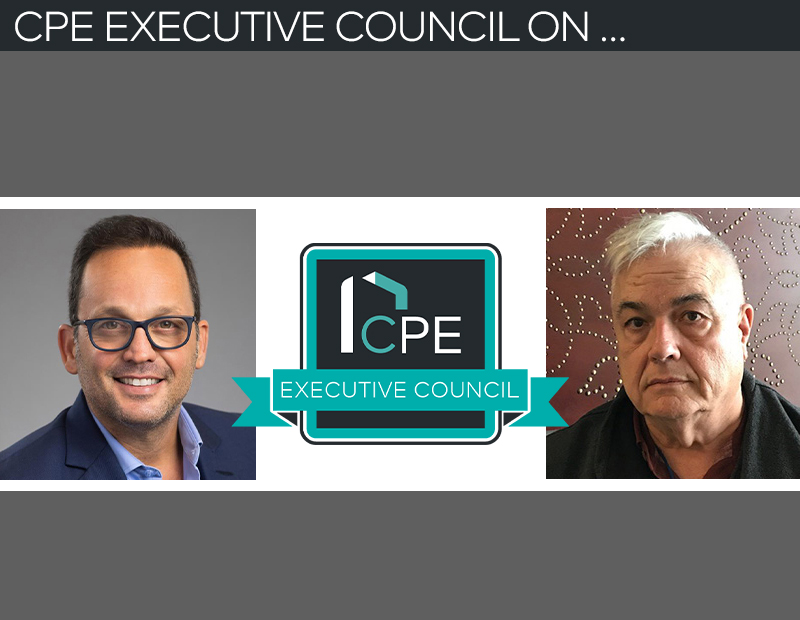
Tariffs have been on everyone’s minds recently. And while the amounts keep changing, it is important for those in CRE to start planning. How are executives preparing? The CPE Executive Council weighs in.

Strengthen Partnerships
Tariffs add pressure on material and appliance costs, which impacts renovation and maintenance budgets. We’re strengthening domestic partnerships and building more flexibility into our capex planning to stay agile. —Jordan Kavana, Founder & Chairman, ARK Homes for Rent

A Big Influence
Tariffs may significantly influence capital expenditure planning in several ways:
Increased Costs
- Material Costs: Tariffs on imported materials can raise the cost of goods, impacting the overall budget for capital projects.
- Equipment and Technology: Higher tariffs on imported equipment and technology can lead to increased procurement costs.
Supply Chain Disruptions
- Alternative Suppliers: Tariffs may force businesses to seek alternative suppliers, which can be less efficient or more expensive.
- Production Delays: Disruptions in the supply chain can lead to delays in project timelines.
Financial Strain
- Cash Flow: Increased costs and supply chain disruptions can strain cash flow, making it challenging to allocate funds for capital projects.
- Profit Margins: Higher costs can reduce profit margins, affecting the financial viability of projects.
Strategic Adjustments
- Risk Assessment: Businesses need to conduct proactive risk assessments and scenario planning to mitigate the impact of tariffs.
- Flexible Planning: Adapting plans to account for potential tariff changes and economic volatility is crucial.
Long-Term Planning
- Resilience: Building a resilient organization that can adapt to changing tariff conditions and maintain financial health.
- Technology Integration: Leveraging technology and data analytics to enhance financial planning and forecasting.
In addition, it is important to consider that there are different types of tariffs, and these tariffs can significantly influence capital expenditure planning:
Import Tariffs
- Material Costs: Tariffs on imported construction materials, such as steel and aluminum, can increase project costs.
- Equipment and Technology: Higher tariffs on imported machinery and technology can raise procurement expenses.
Sector-Specific Tariffs
- Automotive Industry: Tariffs on automotive parts can impact capital expenditure in manufacturing and assembly plants.
- Electronics: Tariffs on electronic components can affect the cost of setting up and maintaining production facilities.
Retaliatory Tariffs
- Trade Wars: Retaliatory tariffs imposed during trade disputes can create uncertainty and disrupt supply chains, leading to increased costs and delays.
Environmental Tariffs
- Carbon Tariffs: Tariffs on carbon-intensive imports can influence investment in sustainable and eco-friendly technologies.
Regional Tariffs
- Geopolitical Factors: Tariffs influenced by geopolitical tensions can affect regional supply chains and investment decisions.
These tariffs can reshape capital expenditure planning by increasing costs, causing supply chain disruptions, and creating financial uncertainty. Businesses need to conduct thorough risk assessments and adapt their strategies to mitigate these impacts.
By considering these factors, businesses can better navigate the challenges posed by tariffs and make more informed decisions. —Doug Ressler, Manager, Business Intelligence, Yardi
Interested in joining the CPE Executive Council and being featured in future articles? Email Jessica Fiur.

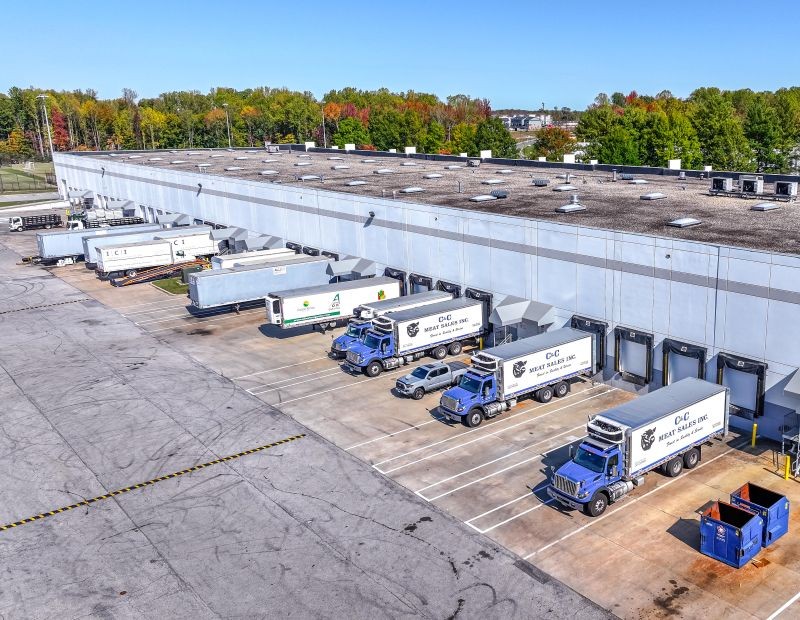
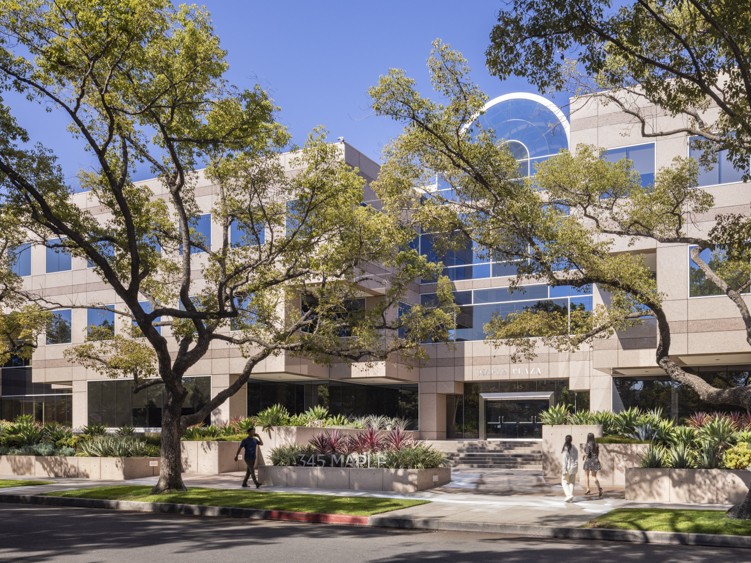
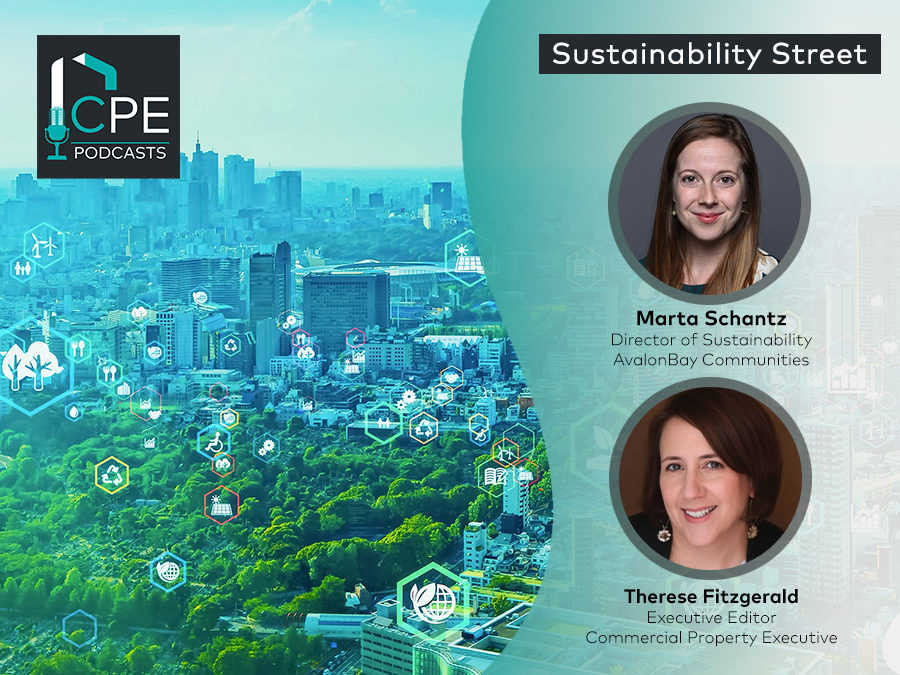
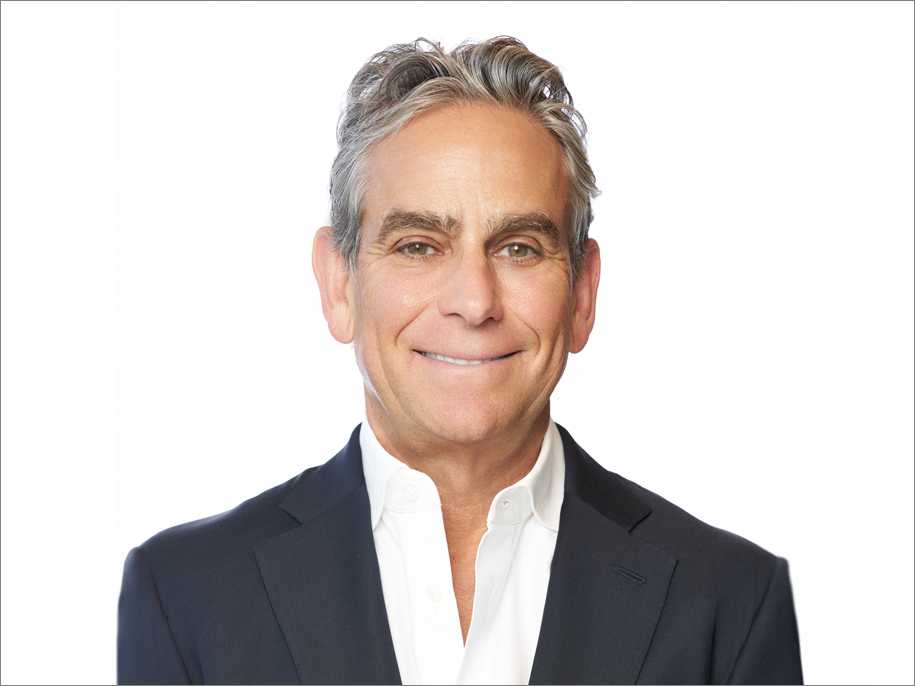
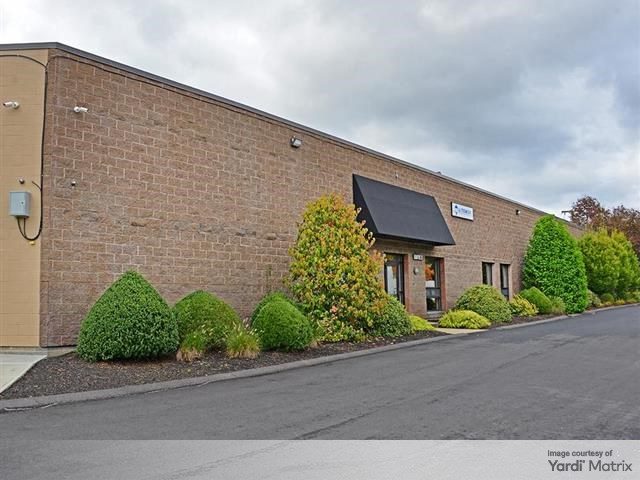

You must be logged in to post a comment.